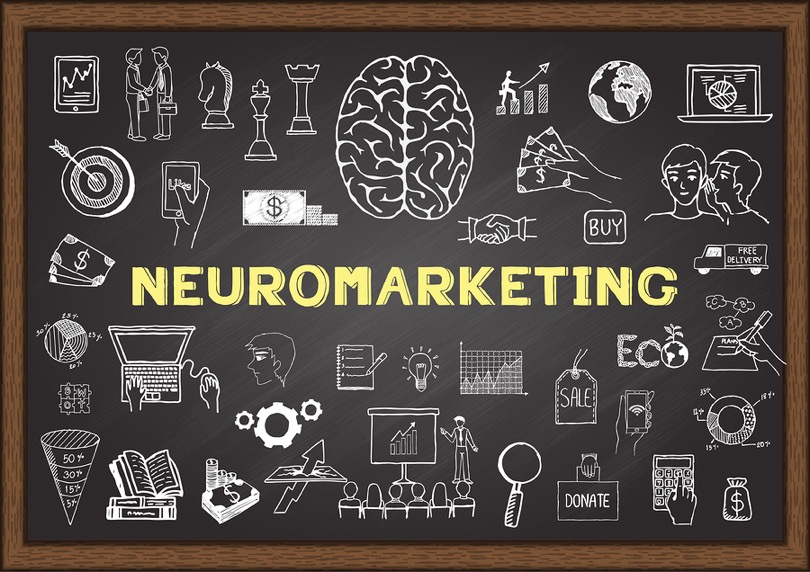For its efficacy in marketing and branding, neuromarketing has become an integral part of the market research process. Application of Neuromarketing: A case study fMRI is one of the popular methods of neuromarketing that helps marketers benefit from cognitive biases of the viewers in print ad. According to a study, neuromarketing uses fMRI in a print ad to attract the attention of viewers. This is just one example of using neuromarketing to attract viewers. According to the infographic, the visual stimuli (93%) tops in terms of its influence on consumer behavior. The study is conducted by Neuroscience Marketing where it explains how the face of a person should be looking in ad copy. When they put the second photo with the face looking towards the ad copy, the viewers were also looking at the ad copy. It serves as a marketing bait to lure a potential customer into buying something at the intended price even though the actual price is much lower. In this particular example, the buyer would be interested to buy the property based on its hyped worth, while the intrinsic value of the property is much lower. Right from the color selection and font style to audio branding and anchoring, you can put into practice all these techniques to tap into the cognitive biases of your target audience and invoke them to make a purchase.

Neuromarketing is a scientific study that uses the fundamentals of neuroscience phenomenon. The goal of neuromarketing is to capitalize on the cognitive biases of a target audience in order to persuade them to buy your products. Neuromarketing empowers marketers to hook potential buyers using human psychology and tempt them to make a purchase.
Neuromarketing has been around for over a decade and brands are spending a sizeable budget on this scientific method. For its efficacy in marketing and branding, neuromarketing has become an integral part of the market research process. Today, businesses align neuromarketing as a primary source of information to develop a product and position it to a specific market.
Application of Neuromarketing: A case study
fMRI is one of the popular methods of neuromarketing that helps marketers benefit from cognitive biases of the viewers in print ad. According to a study, neuromarketing uses fMRI in a print ad to attract the attention of viewers. fMRI activates 125 million visual neural receptors in the eyes. The visual neural receptors transmit information to the midbrain of the viewer which directs the motion of the eyes.
The signals are then received in the lateral geniculate nuclei, an area of the brain, where they are intercepted in terms of color, shape, and spatial location. This information is then reprocessed through hippocampus, a part of the brain which connects short-term memory to long-term memory. This cycle runs every time the viewer sees the advertisement. This is just one example of using neuromarketing to attract viewers.
So if you are inquisitive to know more about neuromarketing and how it helps businesses attract more customers, here are some good examples:
1. Color psychology can influence a consumer’s choice

The above infographic by KissMetrics reveals the role of colors in consumer behavior and how it influences their choices. According to the infographic, the visual stimuli (93%) tops in terms of its influence on consumer behavior. There are other stimuli in the list that include texture (15%), and sound/smell.
The infographic further reveals that consumers place colors as the primary factor (85%) in their purchasing decision, while the other factors share 15% of the overall value.
On the other hand, the color can increase brand recognition by 80% which means more people trust a brand that adds the right blend of colors. This infographic clearly proves that colors greatly affect consumer behavior and the choices of buyers.
2. The direction of a face in a photo can help point eyes to the intended section


The aforementioned image is taken from a study that reveals the heat maps where…

COMMENTS